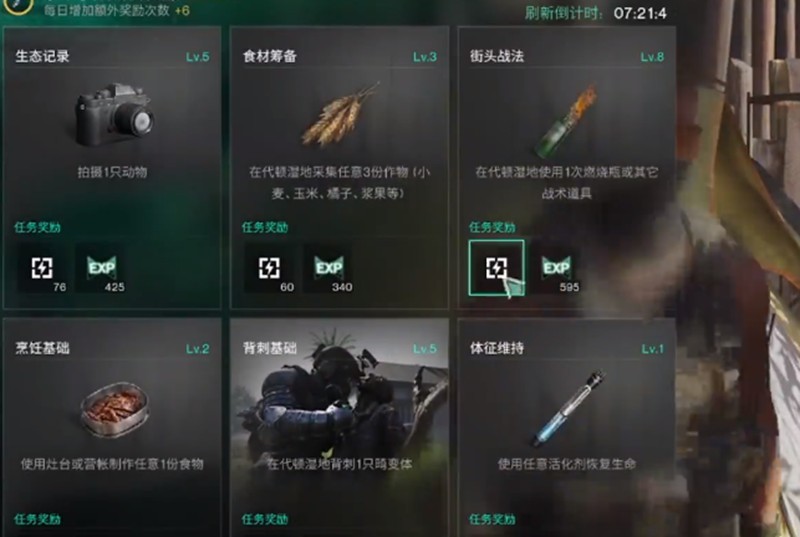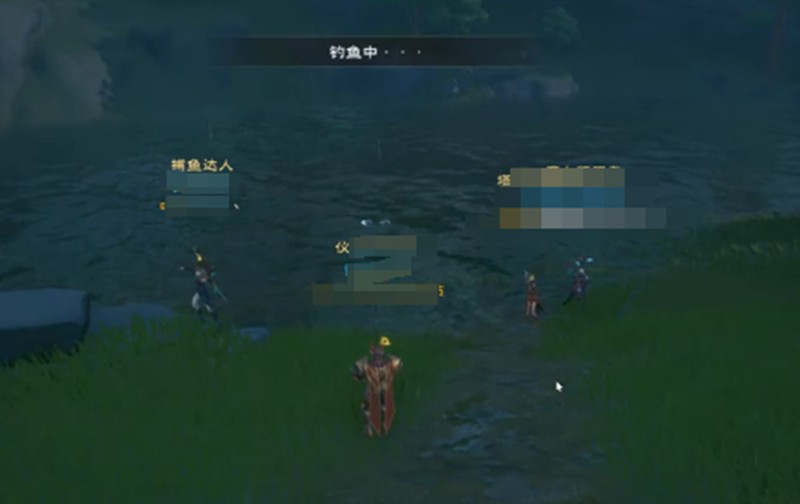Controlling Hardware with ioctls
时间:2007-01-30 来源:rwen2012
Controlling Hardware with ioctls
By Lisa Corsetti Created 2004-01-01 02:00Once you learn the ioctl system call, you'll be able to check the status of the Ethernet link light and other miscellaneous but important facts about hardware.
A few years ago, I had a laptop that I used at work and at home. To simplify my network configuration and not have to change it manually depending on where I was, I decided to use DHCP in both places. It was the standard at work, so I implemented a DHCP server at home. This worked well except when I booted the system without it being plugged in to either network. When I did, the laptop spent a lot of time trying to find a DHCP server without success before continuing the rest of the startup process.
I concluded that an ideal solution to this lag time would be for the system to start with the Ethernet interface down and have it come up if, and only if, the cable was connected to a hub, that is, if I had a link light on the Ethernet interface. The best way to do this appeared to be having a shell script call a program whose return code would indicate whether a link had been established on a particular network interface. So began my quest for a method to determine this link status of my 10/100Base-T interface.
Not having done much low-level Linux programming, it took me a bit of time to discover that most of this type of interaction with device drivers usually is done through the ioctl library call (an abbreviation of I/O control), prototyped in sys/ioctl.h:
int ioctl(int, int, ...)
The first argument is a file descriptor. Because all devices in Linux are accessed like files, the file descriptor used usually is one that has been opened with the device to which you are interfacing as the target. In the case of Ethernet interfaces, however, the fd simply is an open socket. Apparently, no need exists to bind this socket to the interface in question.
The second argument in ioclt.h is an integer that represents an identification number of the specific request to ioctl. The requests inherently must vary from device to device. You can, for example, set the speed of a serial device but not a printer device. Of course, a specific set of commands exists for network interfaces.
Additional arguments are optional and could vary from the ioctl implementation on one device to the implementation on another. As far as I can tell, a third argument always is present, and I have yet to find more than a third. This third argument usually seems to be a pointer to a structure. This allows the passing of an arbitrary amount of data in both directions, the data being defined by the structure to which the pointer refers, simply by passing the pointer.
A basic example of how ioctl works is shown in the following simple program that checks the status of one signal on a serial port:
#include <termios.h> #include <fcntl.h> #include <errno.h> #include <sys/ioctl.h> main() { int fd, status; fd = open("/dev/ttyS0", O_RDONLY); if (ioctl(fd, TIOCMGET, &status) == -1) printf("TIOCMGET failed: %s\n", strerror(errno)); else { if (status & TIOCM_DTR) puts("TIOCM_DTR is not set"); else puts("TIOCM_DTR is set"); } close(fd); } This program opens a tty (serial port) and then calls ioctl with the fd of the serial port, the command TIOCMGET (listed as get the status of modem bits) and a pointer to an integer into which the result is returned.
The ioctl result then is checked to see whether an error was made in processing the request. If there are no problems, we check the values returned by anding them with TIOCM_DTR. This step yields true or false, nonzero or zero, respectively.
Using ioctl for Ethernet drivers is a similar process. The third parameter to ioctl calls for socket ioctl calls (where the fd is a socket handle) often is a pointer to a ifreq (interface request) structure. The type deceleration for ifreq structures can be found in net/if.h.
Unfortunately, documentation for many of the ioctl interfaces is difficult to find, and there are at least three different APIs for accessing network interfaces. I originally wrote this program using the MII (media independent interface) method. While writing this article, with the most recent kernel installed on my machine, however, I discovered I had to add the ETHTOOL method.
After adding ETHTOOL, I then modified the program and wrote each interface method as a subroutine. The modified program tries one method, and if it fails, attempts the other. The third method predates the MII API, and I have not yet run into a machine on which I have needed it, so the code is not included.
The information on using the MII interface was acquired mainly by examining the mii-diag program (










